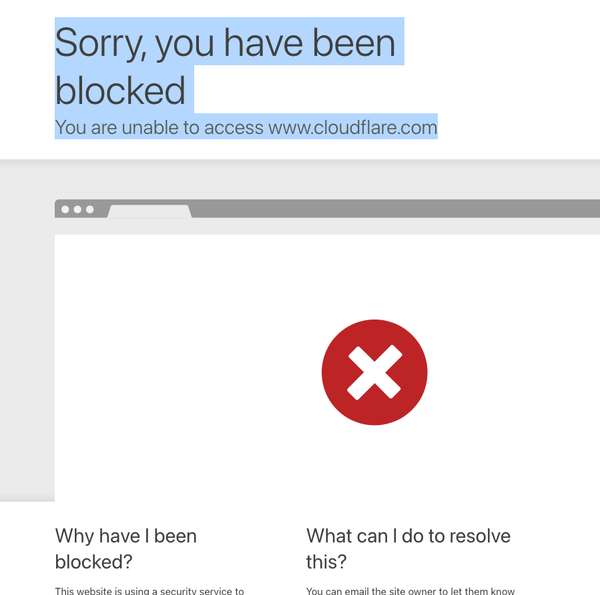Getting cybersecurity right: 8 practices to safeguard the data of your organization
Table of Content
The repercussions of failing to protect sensitive data in business have been evident over the years, as major players such as Adobe have been victims of massive data breaches that have affected their bottom lines. Failing to take the right cybersecurity measures comes with significant costs for companies (more than $8,000 in the US alone on an annual basis), causing a large hole in their cash flow.
Fortunately, you can prevent these significant costs and protect your business’ reputation by creating a cybersecurity culture within your company. In this blog, we have put together 8 best practices to implement when it comes to business data security, so keep reading!
Educate your team about cybersecurity
Ask any cybersecurity professional, and they will tell you that the biggest vulnerability to your company isn’t the technology but the mistakes that employees make. 88% of data breaches happen because company teams aren’t well-equipped to mitigate cybersecurity risks effectively.
They either don’t know what to do when they face a specific circumstance, or they don’t see it as a potential threat to the business. For instance, a request to click an email link to reset an account that sees unusual activity is a cyber extortion attempt, and so is a seemingly internal call from IT that requests the user’s password. This is why it’s paramount to train employees and educate them about cybercriminals who attempt to trick them into doing something, the signs they should watch out for, how to tell whether something is wrong, and what they can do when they identify a threat.
Use access control
As the name indicates, access control concerns controlling employees’ access to specific resources, which can be done in different ways. This cybersecurity practice has many benefits, the first one being safeguarding sensitive information.
Hacking has become smarter than ever, so you need to focus on access control management to protect the data from unauthorized access. But there’s more: an access control system will help you combat fraud by implementing continuous verification and multi-factor authentication, making it more challenging for bad actors to conduct fraudulent activities that hurt your business. While access control has security as a primary purpose, its impact goes beyond that, as it extends into the realm of business productivity, removing workflow obstacles and optimizing efficiency, which is why it’s worthwhile to implement this cybersecurity solution.
Keep the software up to date
Here’s the thing: cybercriminals are both ingenious and devious – given the rewards of a hack, they are willing to work hard until they find zero-day vulnerabilities, allowing them to sidestep a program’s security workings and infiltrate the computer networks of a business. There’s no such thing as a 100% secure app or software at the time of the launch, and it’s possible to find exploits at any time – this is why vendors release updates and patches to keep clients’ data safe.
Hence, updating the software whenever a vendor releases a new patch is essential when developing your cybersecurity policy. But what should you do if your vendor no longer supports a product? Well, it could be a disaster if you allow the software to be outdated, so you should seek an alternative as soon as possible.
Use encryption on all your business data
Encryption is a useful tool for protecting business data, as it transforms it into ciphertext, which is essentially impossible to decipher for anyone who doesn’t have an encryption key. Whether in transit data, in use data, or at rest data, all these types face risks in some way or another, which is why businesses should take advantage of encryption and use it across the entire network.
Even if a breach occurs, encryption ensures that a cybercriminal won’t be able to access the data, given the high level of protection.
Move to the cloud
While many ventures prefer physical hardware to store their data, others are embracing the cloud fully or using a hybrid approach. Cloud services are a good idea because they automatically back up the data whenever someone takes action.
When it comes to the best cybersecurity solution for your business, cloud encryption stands out as it’s harder to crack and allows you to safeguard your on-premises networks effectively. Since it relies on keys that scramble data, cloud encryption ensures that only those who can access the keys will decipher the information, thus providing greater security.
Use a business credit card to pay for expenses
To ensure the security of your data, it’s essential to pay attention to what payment method you use. A business credit card has zero-liability fraud protection, meaning that if you ever have to dispute a transaction, you will avoid losing money in the process. With this payment method, you can create spending limits on employee cards and get notifications of transactions right away through text alerts.
While no payment method is risk-free, credit cards have the most security features—and as a bonus, they offer detailed expense reports and the possibility of enhancing travel rewards.
Keep up to date with cybersecurity
Cyber threats and cybersecurity are always evolving, and if you want to keep your business safe, you need to keep up with the latest changes in the field. However, as a business owner, we understand that you probably have a lot on your plate, and it can be quite challenging to give cybersecurity too much of your attention.
This is why it can be incredibly valuable to partner with IT experts such as Cyberduo to ensure that you benefit from 24/7 support and take advantage of the latest cybersecurity solutions. Furthermore, you will benefit from strategic guidance and proactive support, ultimately ensuring that your operations will run smoothly and keeping your business resilient in the long run.
Have a data breach response in place
In the end, no matter the preventive steps you take, a data breach could still happen, and it’s also essential to be prepared for that scenario. If you have a plan in place, it will be easier to respond to security incidents.
A data breach response should include closing holes right away (meaning no longer using compromised programs), notifying the right parties (customers and law enforcement, depending on the stolen information), and looking into what happened by conducting an internal review or partnering with an agency that can help you evaluate where things went wrong.
Takeaway
Preventable security issues have affected many businesses over the years, but don’t let this happen to your venture, too. You may not be able to eliminate the risk of a data breach altogether, but as already seen in this blog, there are many security practices you can implement to safeguard your business data from malicious actors. So, are you ready to implement them and give your venture maximum protection?











